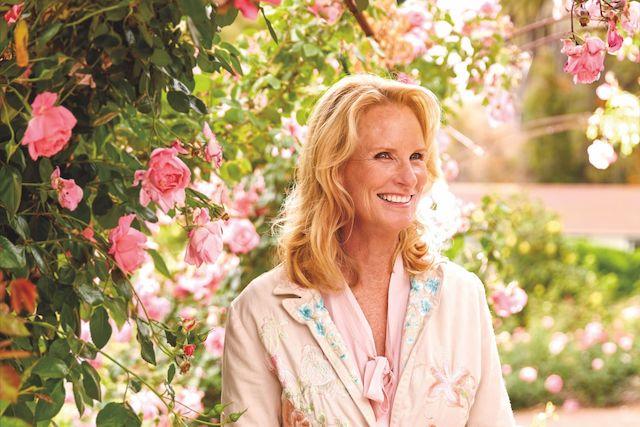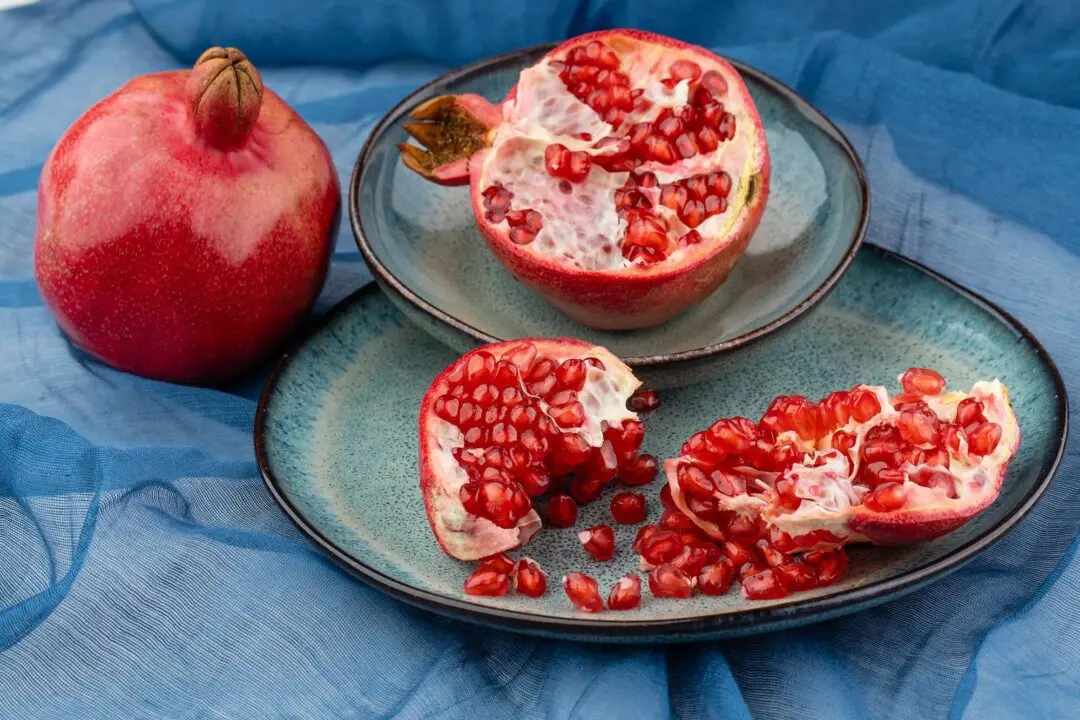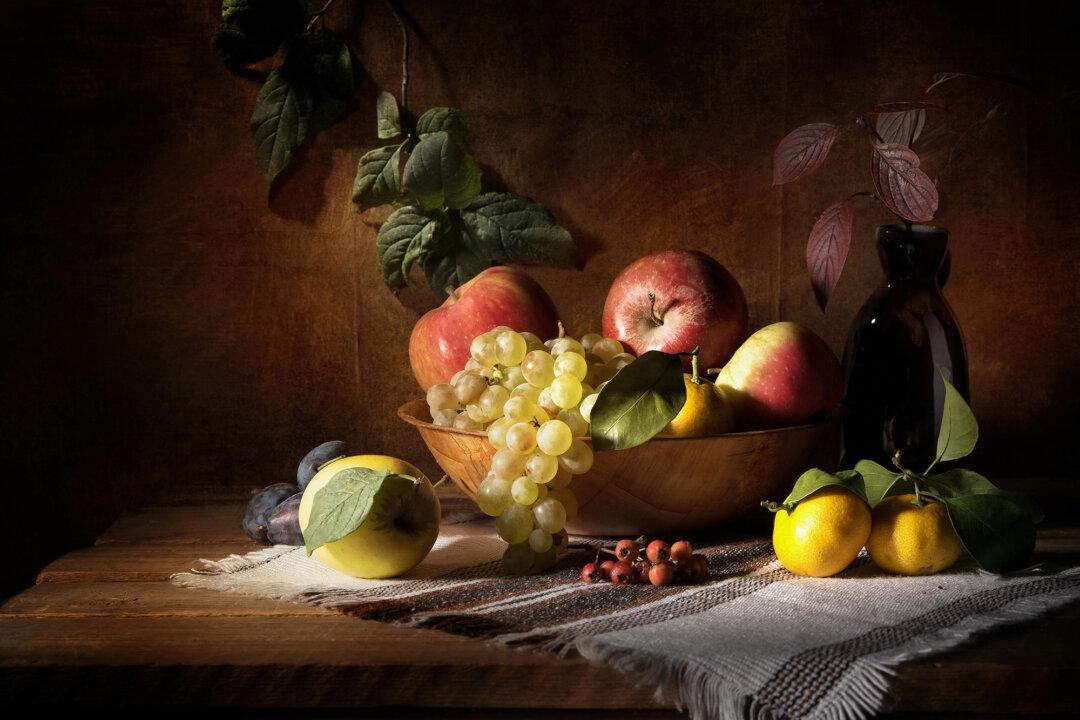Some might say she got carried away. Danielle Dall’Armi Hahn just wanted to beautify her family’s new home, in the California coastal foothills near Santa Barbara. Nearly three and a half decades later, there are 40,000 rose bushes at Rose Story Farm—and counting.
“Is it time to stop? No, never. If I had more land, I’d plant more,” Ms. Hahn declared, expressing mock indignation at the idea that one could ever have too many roses. “In fact, right now I’m trying to figure out a spot I can add a couple hundred tree roses and create a rose maze.”





